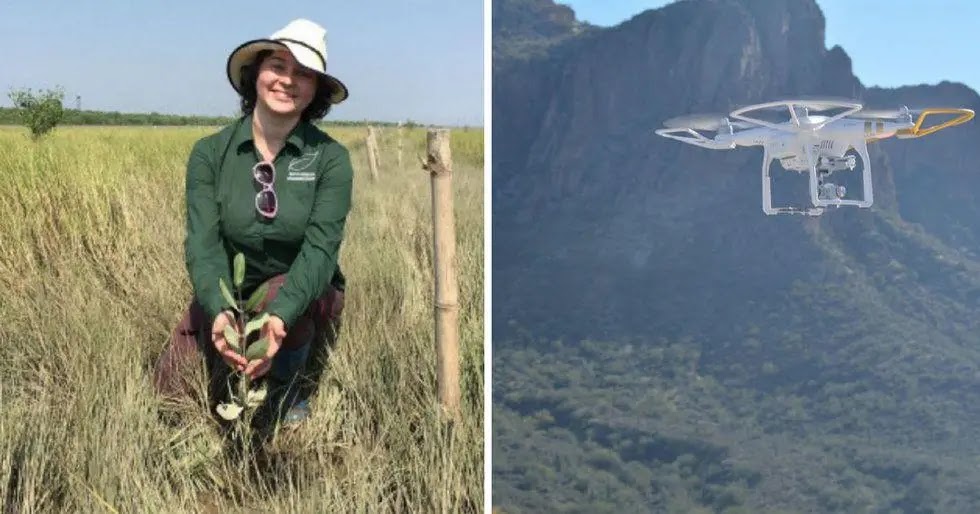
Courtesy Biocarbon Engineering/Wikicommons
Technology is the greatest contributor to climate change. However, it might also soon be used to offset the damage we’ve done to our planet since the Industrial Age began.
Back in September 2018, a project used drones to fire “seed missiles” into remote areas of Myanmar, where trees were not growing. One year later, thousands of those seed missiles have sprouted into 20-inch mangrove saplings, which could literally be a case study about how technology can be used to innovate the way out of the climate change crisis.
According to Fedoranko, only two operators could send out a mini-fleet of seed missile planting drones, which could plant 400,000 trees a day -- a number that quite possibly could make massive headway in combating the effects of human-made climate change.
According to Megaphone, The drones were designed by an ex-NASA engineer. With an urgent need to reseed an area in Myanmar equal to the size of Rhode Island, the challenge is massive yet suddenly within reach. Bremley Lyngdoh, the founder and CEO of World Impact said that reseeding the area could theoretically house as many as one billion new trees.
But they have now got a powerful new ally in their corner. For context, it took the Worldview Foundation seven years to plant six million trees in Myanmar. With the help of the drones, they now wish to plant another four million before the end of 2019.
Myanmar is a critical case study for the project. Along with the available land for the drone project, the nation has recently been hit by the early effects of climate change. Rising sea levels are now having a measurable impact on the population.
Apart from their ability to clear CO2 from the atmosphere, healthy trees can help solidify the soil too, which can reduce the kind of soil erosion that's been affecting local populations in Myanmar.
Going forward, technologies such as seed-planting drones could help stem the tide of climate change while governments, as well as societies, work to change the habits of both consumers and corporations that are primarily driving the problem.
Our endless hunger for new technology might be the driving force behind climate change and deforestation, although it could also end up being the solution to a problem.













COMMENTS